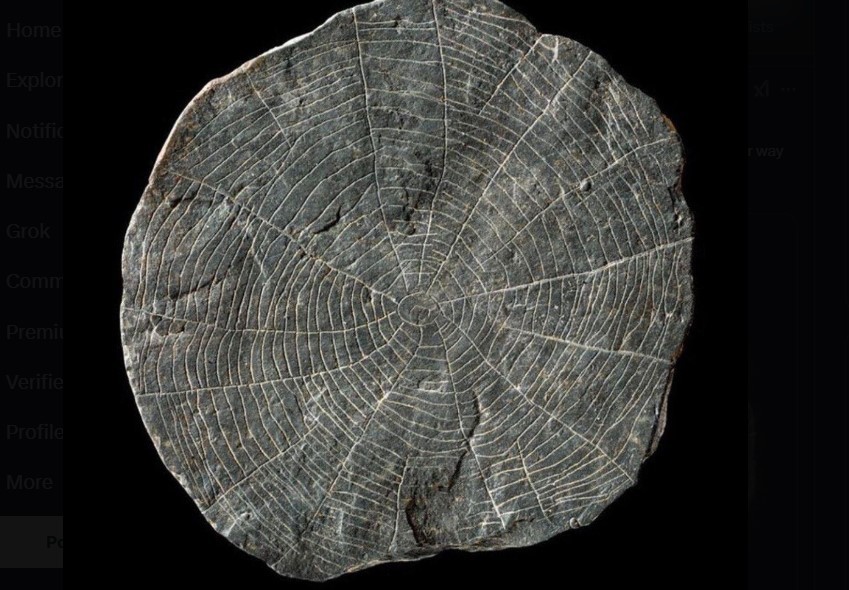
A mysterious connection between ancient volcanic eruptions and sun stone sacrifices has been uncovered on the Danish island of Bornholm, shedding light on the lives of Neolithic people 4,900 years ago.
Archaeologists believe these rituals were a response to climate disasters triggered by a massive volcanic eruption that darkened the skies over Northern Europe.
Neolithic Sun Stones: How Volcanic Eruption Shaped Rituals in Ancient Denmark
Recent studies by researchers at the University of Copenhagen and the Museum of Bornholm suggest that a volcanic eruption around 2,900 BC released large amounts of sulfur into the atmosphere.
According to PhysOrg, this caused a cooling effect, reducing sunlight and impacting agricultural yields.
The findings, supported by ice core samples from Greenland, highlight how these catastrophic events may have pushed early societies to turn to ritual practices for survival.
One of the key discoveries is the "sun stones" found at the Vasagård archaeological site. These flat shale pieces, engraved with sun and field patterns, symbolize fertility and the life-giving power of the sun.
Researchers believe these stones were offered as sacrifices to ensure the sun's return and safeguard future harvests. Hundreds of these artifacts, along with remains of feasts and tools, were discovered in ditches that formed part of a ceremonial enclosure.
How Neolithic Communities Battled Climate and Disease
"Neolithic communities depended entirely on sunlight for their agricultural livelihood," said archaeologist Rune Iversen. "When the sun vanished behind volcanic mists, it would have been terrifying, prompting these sacrifices to restore balance."
The study also reveals broader challenges faced by these communities. Alongside climate change, DNA analysis of human remains from the same period points to widespread outbreaks of the plague.
This combination of environmental and health crises likely influenced the decline of the Funnel Beaker Culture, a dominant Neolithic society known for its pottery and passage graves, SciTechDaily said.
In response to these upheavals, Bornholm's Neolithic people adapted their rituals and structures. Following the sunstone sacrifices, ceremonial enclosures were modified with palisades and cult houses, reflecting a shift in cultural practices.
"This discovery demonstrates the ingenuity and resilience of ancient societies in the face of adversity," said Iversen.
Today, four sunstones from Vasagård are on display at the National Museum of Denmark, offering a glimpse into one of Scandinavia's earliest known sun-worshiping cultures.
© 2025 NatureWorldNews.com All rights reserved. Do not reproduce without permission.





